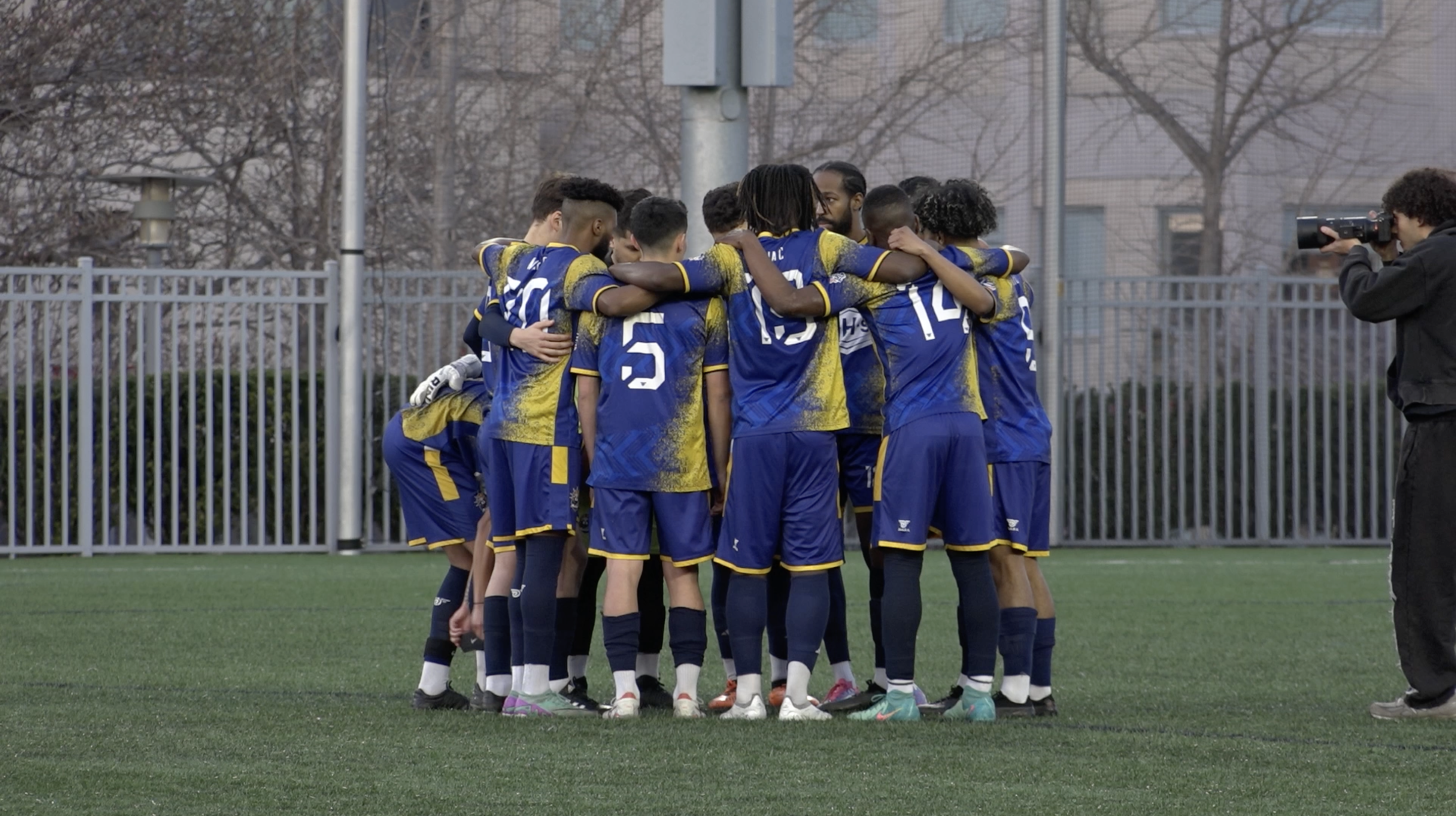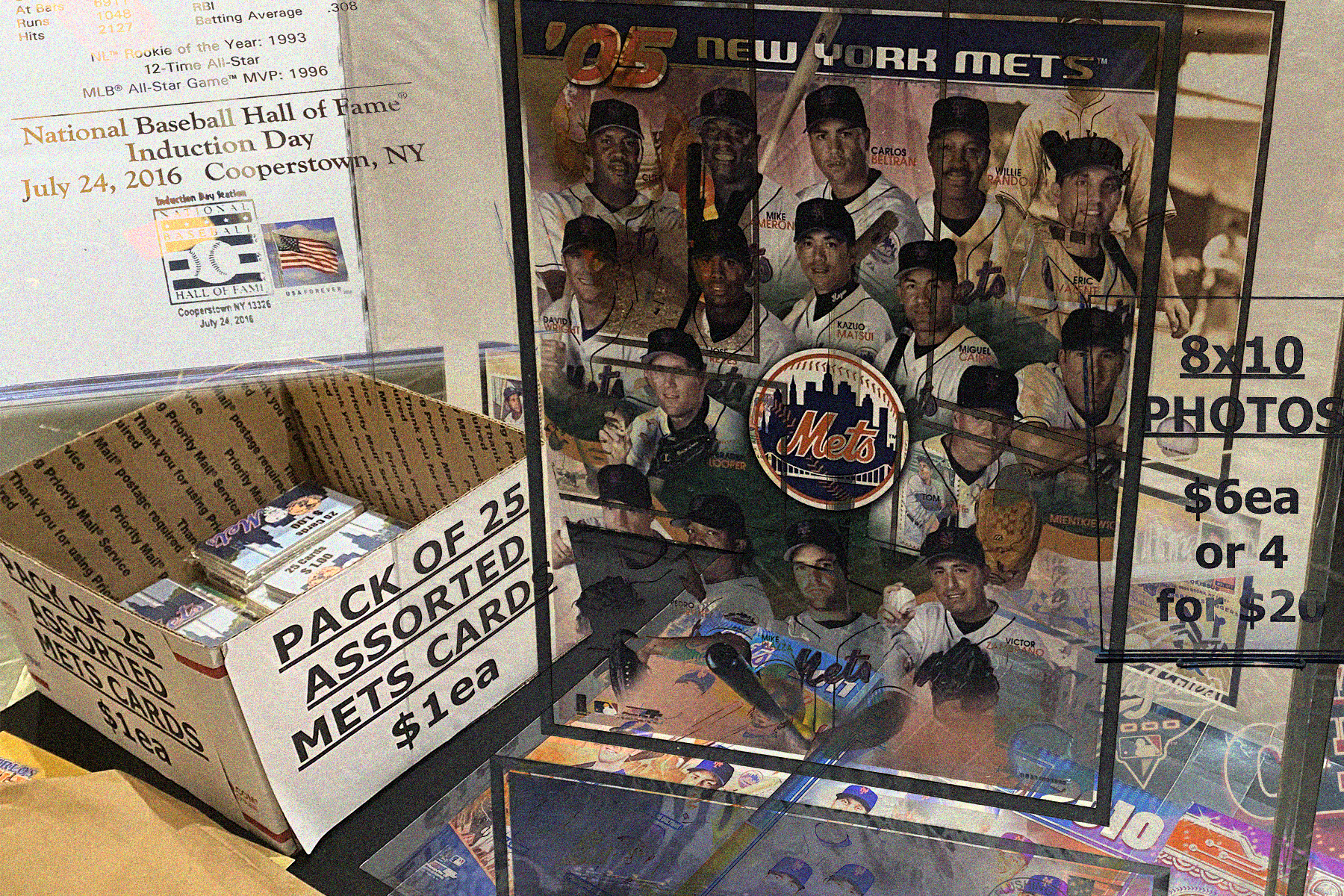On Monday evening, Virginia outlasted Texas Tech in overtime to win the NCAA Division 1 (D1) Basketball Championship Game. Almost 20 million people tuned in to watch the final, and based off of profits in 2017 the NCAA is expected to make over $900 million from the March Madness tournament alone.
But the athletes who are competing won’t see a dime of that revenue, as part of the NCAA’s requirement that athletes maintain amatuer status. That policy has become increasingly controversial in recent years.
“The NCAA makes millions off these kids’ talents, why shouldn’t they get paid, if they are performing for their schools?” said Victor Maldonado, a Brooklyn resident and patron at Finnerty’s Pub in Manhattan, where New York residents gathered to watch this past weekend’s Final Four competition.
The NCAA’s amatuer requirement has been in place since the institution’s founding, and is intended to ensure that competition among colleges remains fair. The goal is to prevent the largest, wealthiest colleges from using financial incentives to attract the nation’s top recruits.
“I don’t think you can straight pay [the players], talk about the rich getting richer,” said 29-year-old former Division One athlete Tyler Davis.“Top schools would crush smaller schools even more.”
As the NCAA’s profits have grown, dramatic events have cast a cloud over college sports. When Duke basketball superstar Zion Williamson, a projected first overall draft pick, sprained his knee when his sneaker tore open in a regular season competition against the North Carolina Tar Heels, criticism was rampant. Many say that athletes like Williamson risk serious injury, which could damage their future prospects, while their universities profit off of merchandise, ticket sales, and television deals.
“They work like employees,” said Myles Forsett, 22. “They work every day and generate revenue for their schools, and at the end of the day can’t even profit from their own likeness.”
The NCAA’s requirement prohibits more than just a paid salary. Athletes are unable to profit off of images of themselves, so revenue opportunities like promotions and commercials are off limits. This ban has gone so far as to keep former University of Central Florida football player Donald De La Haye from benefiting from his popular YouTube channel. De La Haye was ultimately ruled ineligible by the NCAA as a result.
The NCAA’s prohibition on athletes capitalizing on their own likenesses goes to extremes in some cases. Current Virginia basketball star Kyle Guy, who hit three game winning free throws to put the Cavaliers ahead of the Auburn Tigers in the closing seconds of their semifinal game, was recently prevented from posting his wedding registry by the NCAA.
“Yeah, that was crazy to me that that’s illegal because that’s what a registry’s for,” Guy told the Bleacher Report, in the locker room after UVA’s elite eight win over Purdue. “[The] NCAA said it was illegal, so I’m not going to argue with it right now. I’m going to try to win a national championship, and then we’ll open that book.”
It was reported that the NCAA denies that they prevented Guy from opening up his wedding registry to the public, claiming that it was a decision made by UVA compliance staff, university employees who work to ensure that their school meets NCAA regulation.
Those who opposed to calls to pay players say that athletes already receive compensation in the form of scholarships.
“Tuition and living stipends are basically payment as far as I’m concerned,” said Danielle Creech, 24, who was also taking in the Final Four showdown last Saturday evening at Finnerty’s Pub.
On top of scholarships, D1 athletes on full ride scholarships receive monthly cost of living stipends that are intended to pay rent, groceries, and other necessities. However, many Division One athletes are only partial scholarship and do not receive stipend money, or have no scholarships at all.
“Some guys win NCAA championships in front of sold out crowds and come back home to the projects with nothing but a memory to show for it,” said Juan Rodriguez, 18, of the Bronx. “They shouldn’t be performing at that high of a level and being such a big household name without getting a piece of the pie.”
Further complicating the debate is the NBA’s “one and done” rule, which forbids high school athletes from transitioning directly into professional basketball. They require that that players either play in college or relocate overseas to play professionally before playing in the NBA. The rule has been criticized as a method for forcing athletes to compete in college. Duke coach Mike Krzyzewski doesn’t think that the rule is likely to change.
“The NCAA is not prepared right now. They need to be in concert with the NBA in developing a plan that is specific for men’s college basketball, “ said Krzyzewski. “And that should include what an athlete gets, how he’s been taken care of, whether or not there’s a re-entry if something — really, it’s deep. And if we only look at it shallow, then we’re doing a disservice to the kids.”

